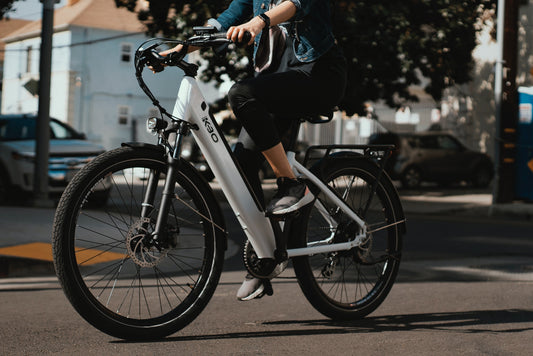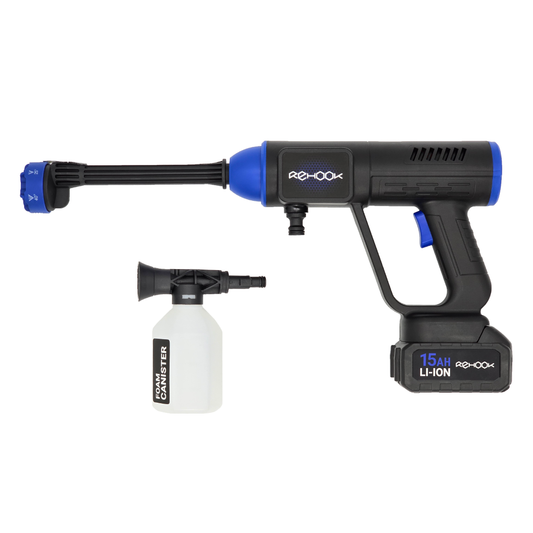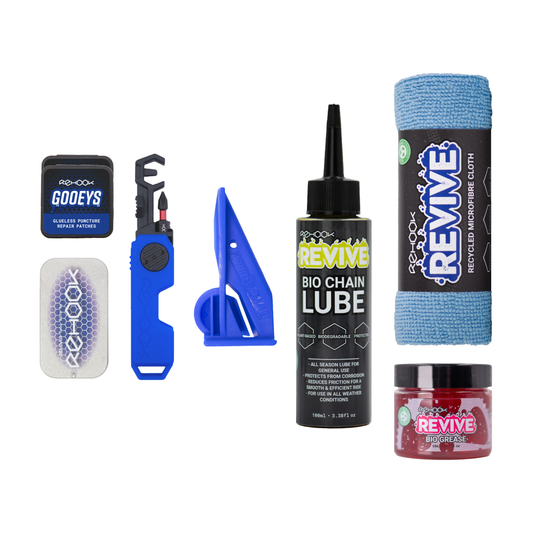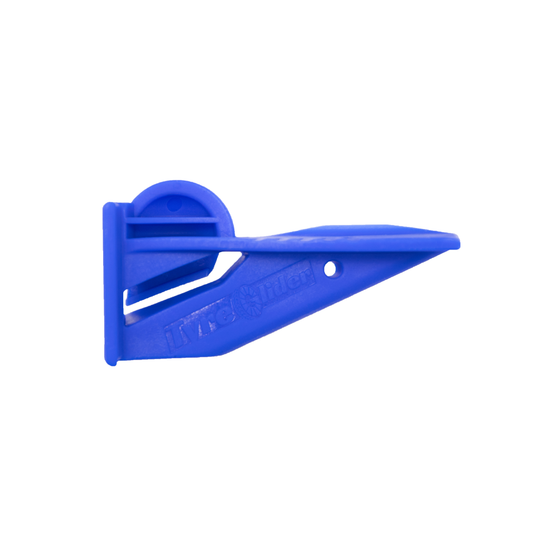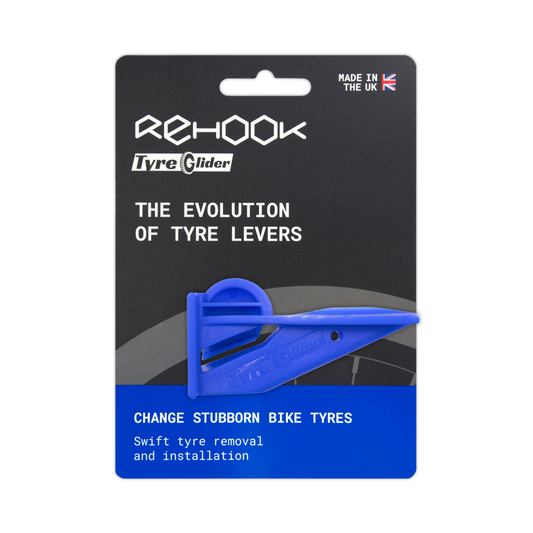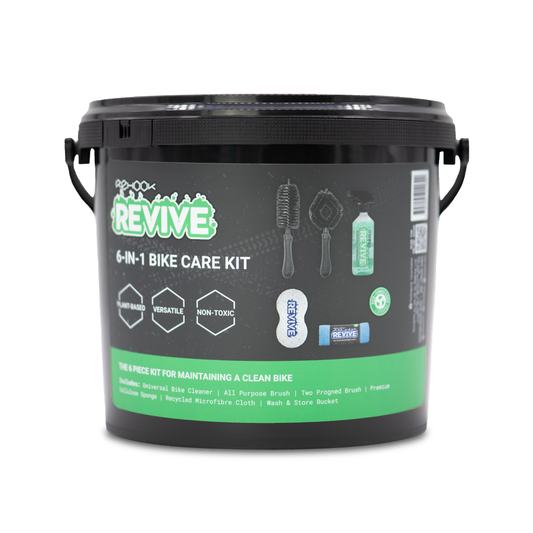KAY-buhl GYDEZ and KAY-buhl STOHPS
Nouns
Components used to secure a bicycle's cables and housing.
Example usage: The cable guides and cable stops on my bike needed to be replaced.
Most used in: Mountain biking and cyclocross.
Most used by: Bicycle mechanics and avid cyclists.
Popularity: 8/10
Comedy Value: 4/10
Also see: Cable Housing Stop, Cable Outers, Cable Hangers, Cable Ferrules,
What Are Cable Guides and Cable Stops?
Cable guides and cable stops are a necessary component of any cycling system. They are used to route and secure the cables of the bicycle, allowing for smooth operation of the brakes, shifters, and other components. Cable guides and stops are typically made from plastic or metal and are mounted onto the frame of the bicycle.
Cable guides are typically used to keep the cables from getting tangled and provide a secure path for the cables to follow. Cable stops, on the other hand, are used to hold the cables in place and prevent them from slipping or coming loose. Cable stops are also used to adjust the tension of the cables, allowing for precise operation of the brakes and shifters.
According to a survey conducted by the Bicycle Product Suppliers Association, cable guides and cable stops are among the most commonly used bicycle components. The survey found that more than 90% of cyclists use cable guides and cable stops in their bicycles.
Cable guides and cable stops are an important part of any cycling system and are essential for ensuring the proper functioning of the brakes and shifters. Without them, the performance of the bicycle would suffer significantly.
.The Origin of Cable Guides and Cable Stops in Cycling
Cable guides and cable stops are an important part of any cyclist's set-up. But where did the term come from?
The term 'cable guide' was first used in the early 1900s when the first derailleur systems were being developed. Originating in France, these derailleur systems used a pulley and cable system to move the chain from one sprocket to another. The pulley was guided by a cable guide, which was a small piece of metal that held the cable in place while the pulley moved.
The term 'cable stop' was first used in the late 1950s when shifters were introduced to the cycling world. These shifters used a lever to move the cable from one sprocket to another. To keep the cable in place, a small metal stop was used. This metal stop was called a cable stop.
Today, cable guides and cable stops are essential components of any cyclist's bike. They help ensure that the cable is held firmly in place, allowing the cyclist to change gears with ease.


